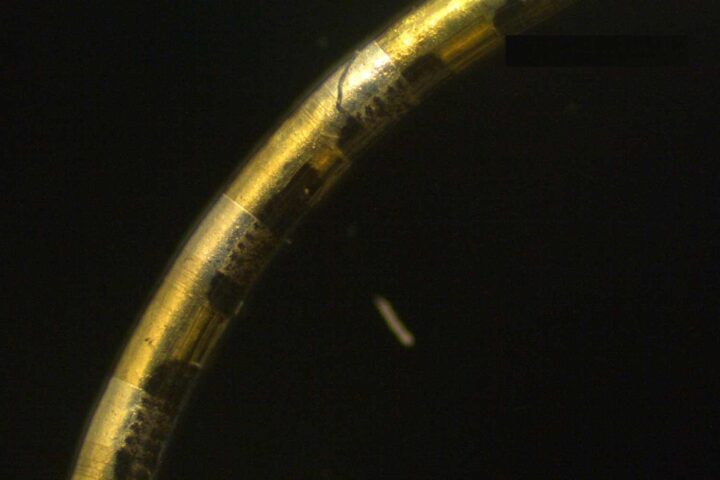MIT researchers have created a new tool that helps artificial intelligence design materials with exotic quantum properties. The tool, called SCIGEN, guides AI models to follow specific design rules when creating new materials.
While companies like Google, Microsoft, and Meta have used AI to generate millions of new materials, these models often miss the mark when it comes to creating materials with special quantum properties. SCIGEN changes that by forcing the AI to follow geometric patterns that are linked to quantum behaviors.
“The models from these large companies generate materials optimized for stability,” says Mingda Li, a professor at MIT. “We don’t need 10 million new materials to change the world. We just need one really good material.”
The research, published in Nature Materials, shows how the team used SCIGEN to create materials with specific geometric structures called Archimedean lattices. These structures are connected to quantum properties that could lead to breakthroughs in quantum computing.
“Archimedean lattices give rise to quantum spin liquids and so-called flat bands, which can mimic the properties of rare earths without rare earth elements,” explains Mouyang Cheng, a co-author of the study.
Similar Posts
The MIT team applied SCIGEN to an existing AI model called DiffCSP. This enhanced model generated over 10 million candidate materials with the desired lattice structures. About one million of these passed an initial stability screening.
The researchers then used supercomputers at Oak Ridge National Laboratory to run detailed simulations on 26,000 of these materials. They found that 41 percent showed promising magnetic properties.
From this pool, the team synthesized two previously unknown compounds: TiPdBi and TiPbSb. Tests showed that the actual properties of these materials matched what the AI had predicted.
This breakthrough could speed up the hunt for materials needed in quantum computing. After a decade of research, scientists have identified only about a dozen candidate materials for quantum spin liquids, which could enable stable, error-resistant quantum computers.
“There’s a big search for quantum computer materials and topological superconductors, and these are all related to the geometric patterns of materials,” says Weiwei Xie of Michigan State University, a co-author of the study.
Robert Cava of Princeton University adds, “Experimental progress has been very, very slow. Many of these quantum spin liquid materials are subject to constraints: They have to be in a triangular lattice or a Kagome lattice.”
SCIGEN gives researchers thousands more candidates to test, potentially speeding up the development of quantum computing technologies.
“This work presents a new tool, leveraging machine learning, that can predict which materials will have specific elements in a desired geometric pattern,” says Steve May, a professor at Drexel University who wasn’t involved in the research. “This should speed up the development of previously unexplored materials for applications in next-generation electronic, magnetic, or optical technologies.”
The researchers emphasize that lab testing is still essential to confirm whether AI-generated materials can be made and how their actual properties compare to predictions. Future work on SCIGEN may add chemical and functional constraints to further improve the results.
“People who want to change the world care about material properties more than the stability and structure of materials,” says Ryotaro Okabe, the paper’s first author. “With our approach, the ratio of stable materials goes down, but it opens the door to generate a whole bunch of promising water.”
The work received support from the U.S. Department of Energy, the National Energy Research Scientific Computing Center, the National Science Foundation, and Oak Ridge National Laboratory.



















